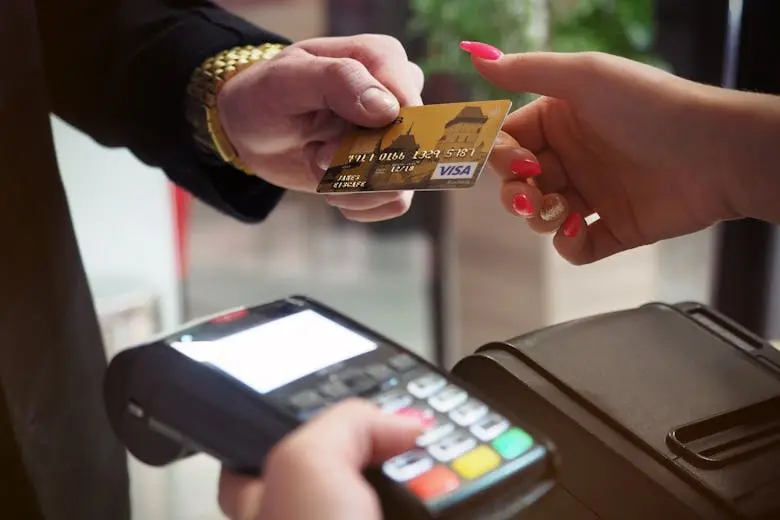The digital revolution has transformed how we handle money. From online banking to e-commerce, the ease and convenience of digital transactions have led to their widespread adoption. However, this surge brings a host of cybersecurity challenges.

Table of Contents
Security Challenges in Digital Transactions
As digital transactions grow, so do the risks associated with them. Security is key in financial transactions. Safe payments are the cornerstone of reputation and business efficiency.
Therefore, cyber threats like hacking, phishing, and identity theft pose significant business risks. Fraudulent activities can lead to substantial financial losses and damage consumer trust. Therefore, ensuring the security of these transactions is a critical component of maintaining a successful business.
Role of Encryption
Encryption is the first line of defense in securing online transactions. Encryption converts sensitive information into unreadable code to ensure that data remains confidential. Only by having the key can authorized users decrypt the data. Advanced encryption is now a staple in online transactions, providing a robust shield against cybercrime.
Authentication and Authorisation
Authentication and authorization mechanisms are another feature of robust security. Multi-factor authentication (MFA) and biometric verification are increasingly becoming standard practices.
MFA uses multiple authentication factors to verify a user’s identity. The factors are:
- Knowledge: Something a user knows, like a password or answers to security questions.
- Possession: Something a user possesses, like a device or a security token.
- Inherence: Something a user is, like their fingerprint scan or facial recognition. This is often called biometric verification.
These methods ensure that the person initiating the transaction is indeed authorized to do so, adding an additional layer of security.
Emergence of Blockchain
Blockchain emerged as a groundbreaking technology in the world of transactions. It’s based on principles of cryptography and consensus, which ensure transparency.
The key feature of a blockchain is that it does not have a central authority. It offers a decentralised and tamper-proof ledger, making it an innovative solution for recording transactions transparently and securely.
AI and Machine Learning in Fraud Detection
Artificial Intelligence (AI) and machine learning have streamlined fraud detection in digital transactions. These technologies can analyze vast amounts of data to identify patterns that indicate fraudulent activity. AI-driven systems enhance the safety of online transactions.
Regulatory Compliance
Regulatory compliance plays a crucial role in ensuring safe transactions. Laws and regulations like the General Data Protection Regulation (GDPR) and the Payment Card Industry Data Security Standard (PCI DSS) set the benchmark for the industry.
It’s key to ensure that your payment provider follows these standards. For example, the safe transactions are PCI DSS and GDPR compliant.
Consumer Education
While technological solutions are critical, educating consumers is equally important. Awareness about secure passwords, recognizing phishing attempts, and understanding the importance of secure networks can go a long way in preventing fraud.
Future of Transaction Security
The future of transaction security looks promising, with continuous advancements in the industry. Innovations like machine learning, advanced biometrics, and sophisticated AI algorithms are expected to enhance online transactions further. The focus is not just on preventing fraud but also on ensuring a seamless and user-friendly experience.











Leave a Reply